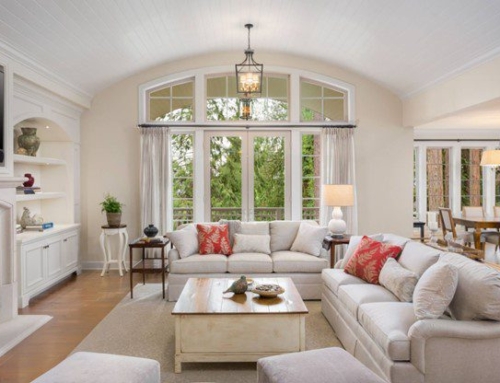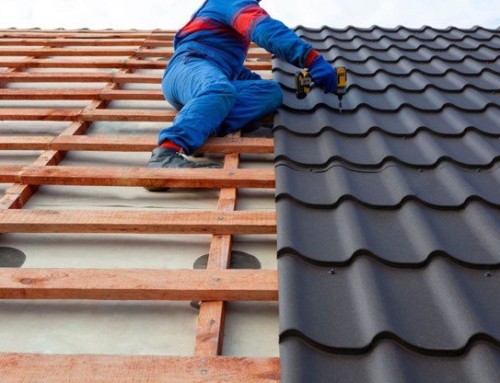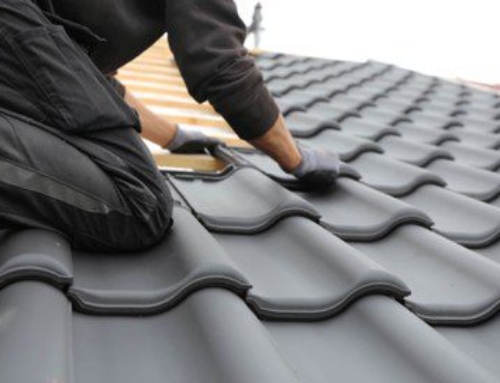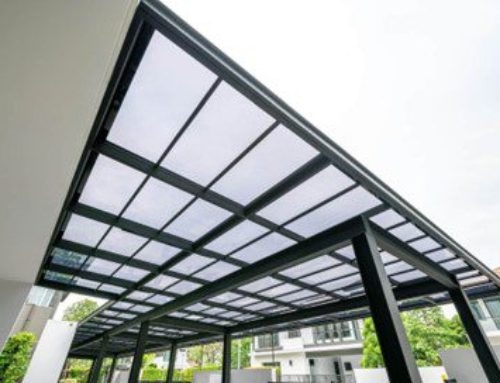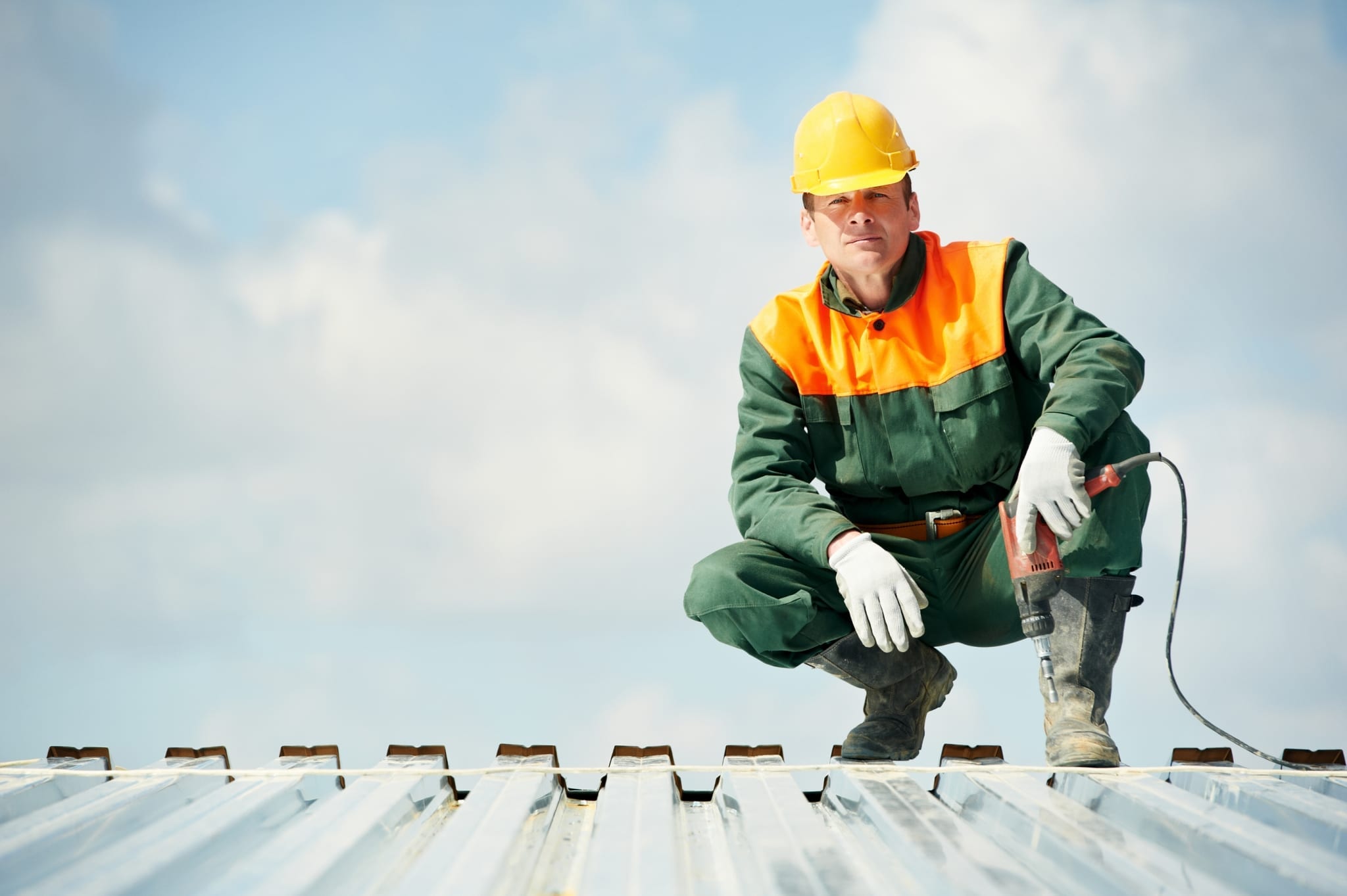
Your roof is not just a decorative topping to your house or building. It provides valuable protection to your interior, as well as insulation and energy control benefits. Constructing a complete roof requires know-how, safety precautions, and of course the right materials. Here’s what you need to build a roof.
Structural Sheeting
Using corrugated steel for roofs and walls creates the basis of a roof structure. Most often, builders choose corrugated steel, which is lightweight and much more durable than flat steel panels. You can choose from the full range of UniCote steel colours.
Gable rolls are often used to finish the end of roof sheets or alternatively, you can use barge capping to neatly close off perpendicular sheeting edges.
Water Control
- Fascia – provide a base for gutters and are connected from under the metal roof sheeting to the rafter tail ends. These also close in the spaces between eaves, roofing and walls.
- Gutters – attached to the fascia and direct rainwater away from the roof to prevent build up. Gutters should be cleaned out at least twice a year to remove debris from trees, prevent fires and clogs, as well as for pest control.
- Downpipes – part of any modern gutter system, directing rainwater directly down from the roof. These are particularly useful for those with rainwater tanks to streamline water collection.
Heat Control
- Whirly birds are an insulating element to a roof that absorbs heat, meaning you lose less energy with the air conditioning on. Proper whirly birds can save up to 45% of air conditioning that otherwise would exit the house through the roof.
- Insulation blankets work in conjunction with whirly birds to trap heat inside that has moved upward and keeps it heating your house. They also keep the cold from escaping through the roof if you have air conditioning on.
- Window Hoods are designed to help deflect the heat from your home and keep your home cool by shading it from the sun.
Bases and Caps
- Roof Battens provide a fixing point for roof sheeting and provides a solid structure for the roof. Ridge Caps go on top of your roof sheets to connect them. These go over the seams between sheets and prevent water from getting into your roof cavity.
- Flashing is custom sheet metal bent up to order. Flashings are used for many different applications on many parts of the roof for a variety of uses.
These three important elements help weather proof your roof and keep it intact.

